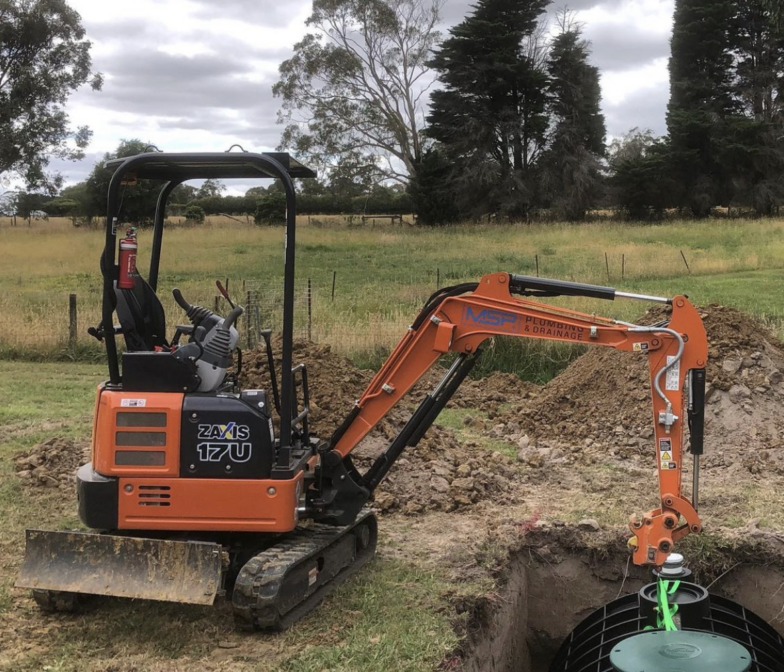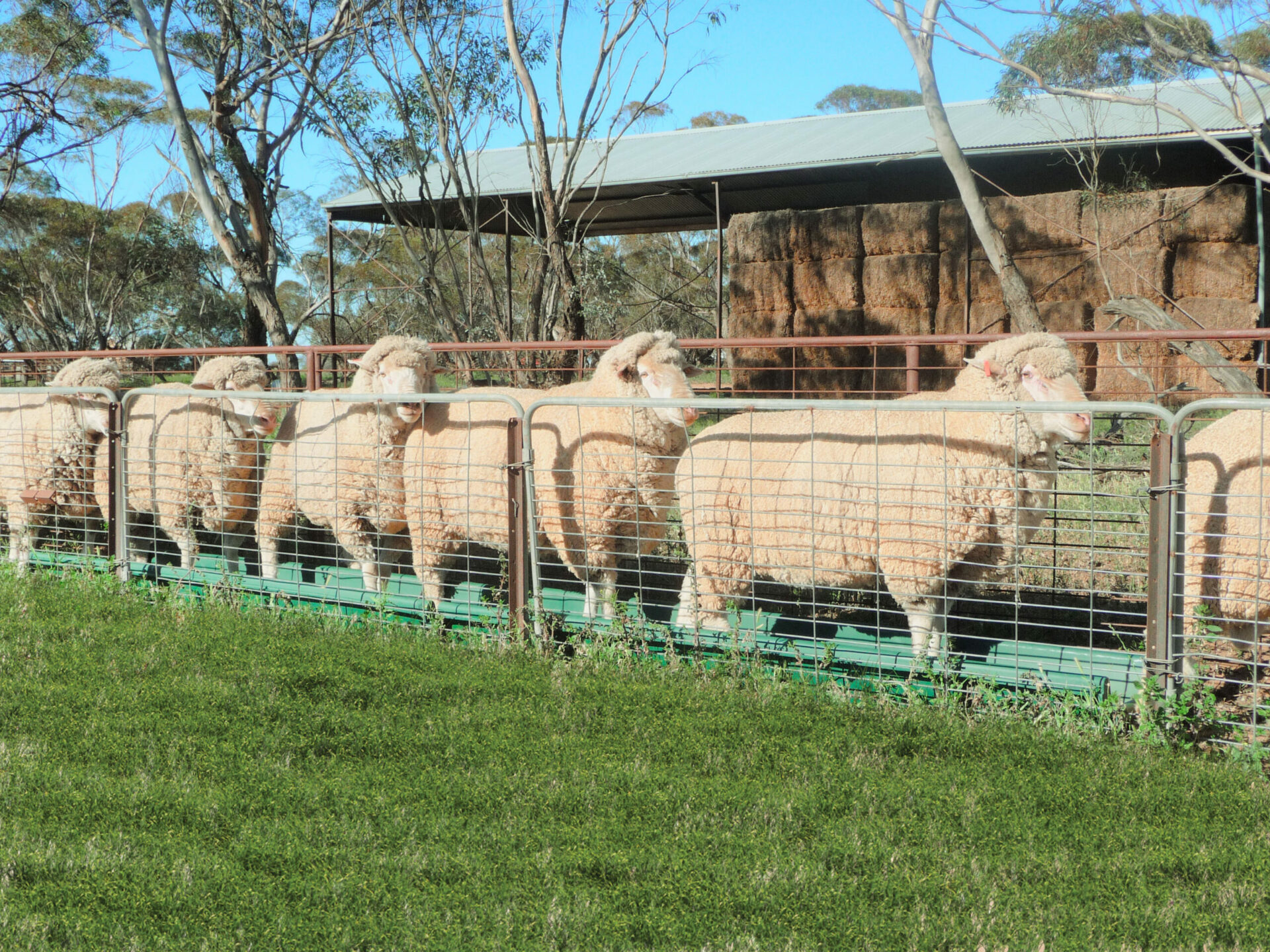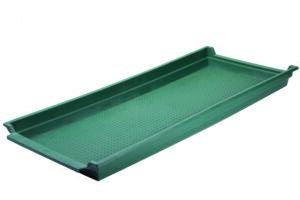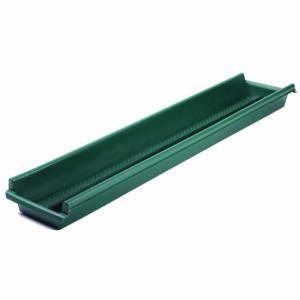What is footrot in sheep? How can you protect and treat your sheep from this disease? Learn about the types of footrot, prevention, treatment, and more.
What is Footrot?
Footrot is a contagious bacterial disease that causes an infection in the hooves of your sheep. It’s mainly found in sheep, but other farm animals may also contract the disease. It is painful for the animal and essentially rots away the area between the two toes.
Footrot is a costly disease to the sheep industry, and countless farmers lose time and money each year in an attempt to control it in their flock or herd. It takes time and labour to monitor and eliminate footrot within your flock of sheep if it becomes an issue, but thankfully footrot is a preventable disease.
What are risk factors for footrot in sheep?
Footrot is especially common in wetter weather and in feeding lots where the conditions are wet and muddy. If your sheep are constantly in an environment where their hooves are kept moist, footrot is likely to occur.
Sheep are subject to a range of foot diseases that can cause lameness. These are especially common in wet weather conditions when foot damage and skin inflammation are pre-disposed to sheep developing infections.
Types of footrot:
There are two types of footrot in sheep:
- Virulent – These strains can cause a more severe kind of footrot and is very painful once spread.
- Benign – Whereas benign strains are a milder version and typically heals once the feet of your sheep have dried out.
There are warning signs to watch for and preventative measures you may take to keep your sheep safe. We’ve compiled some resources to help you encourage best practices in footrot diagnosis, control, and eradication on your farm.
- How can I prevent footrot from infecting my sheep?
- What are the signs of footrot in sheep?
- Treating footrot
- What’s the difference between a Concrete V’s Polyethylene Footbath?
How can I prevent footrot from infecting my sheep?
Regulate monitoring and proactive management is key to footrot prevention. Ensure you have a prevention plan in place, as it is essential when it comes to footrot within your flock. Your prevention plan should include:
- Vaccinations:
- Regular feet trimming:
- Footrot baths: Polymaster has two types of footrot baths for your flock to help with the prevention of footrot.
- New sheep treatment: Ensure all new sheep you bring into your flock are treated to a foot inspection, trim and footrot bath before being isolated for 30 days.
- Clean your boots: Also, make sure to clean your boots after walking along the same ground as infected sheep.
- Biosecurity plan: Have a biosecurity plan in place on your farm in case the footrot does become apparent.
At first, you may notice a reddening of the skin between the toes. You may see lameness and swelling around the hooves, a fever and a decrease in feed intake, also. It only takes 10-14 days for the disease to progress severely.
Since footrot can be difficult to diagnose, the NSW Government’s Department of Primary Industries created a scoring system to explain footrot development in your flock better. The score ranges from 0 (which indicates a safe foot) to 5 (which means the most advanced stage).
Treating footrot
These are the steps to take once footrot is prevalent:
- Contact your local Vet or State Government- When sheep start to display footrot symptoms, it’s critical to act quickly because the disease is highly infectious and needs to be identified for biosecurity purposes. Sheep should be checked by a registered specialist, such as a veterinarian, to prevent the situation from worsening, they may prescribe antibiotics.
- Scoring cards- Use the scorecard to find which stage of footrot your sheep is experiencing and what preventive measures need to be taken.
- Footbaths- Footrot baths are an excellent treatment for moderate cases of footrot. If your sheep have a score of 2 or less on the score sheet, they have mild footrot. To maximise the efficacy of a footrot wash it is recommended that all dead, rotting tissue on your sheep’s foot be removed before the procedure.
Standing Type Footrot Bath
This style allows your sheep to be next to one another, decreasing the level of stress they may experience while walking through water. The standing footrot bath is ideal when sheep need a longer time soaking their feet in the treatment solution.
Race Type Footrot Bath
Although seeing your favourite sheep race around the track like a thoroughbred would be entertaining, unfortunately, this is not the type of race they need to enter.
Race type footrot baths are a narrower design that encourages sheep to walk single file on the dimples, which assist in penetrating their hooves.
Both styles are light-weight, easy to store and assemble, UV resistant and durable against boisterous sheep. Both types are effective in treating and managing footrot. Choosing between either style is based on how you choose to treat your flock of sheep.
What’s the difference between a Concrete V’s Polyethylene Footbath
When it comes to purchasing footrot baths for sheep, there are two main choices: concrete and polyethylene, and two main factors to consider are cleanliness and mobility around your farm.
Concrete footrot baths Concrete footrot baths are hard to clean, and even though they appear clean, the porous nature of the concrete can retain dirt and bacteria. Concrete footrot baths are heavy, so they usually stay put once purchased. As a result, after sheep have been treated, they may not be able to avoid the infected ground.
Polyethylene footrot baths Polyethylene footrot baths are easy to clean and do not retain dirt or bacteria after being washed and dried out. Polyethylene is a light-weight material that is easier to transport around your farm, allowing you to put your bath in an uncontaminated environment.
Our footrot baths are built to last, so there is no need to worry about sheep cracking when walking through during treatment.
By law, if your flock of sheep has footrot, you must notify the state government for biosecurity reasons. You can do this by contacting the state’s disease hotline or going to a certified veterinarian for them to report and help you put together an action plan.
You can find our footrot bath types here. Polymaster has a large range of agricultural products for your farm. Visit Polymaster.com.au or get in contact with our team on 1800 062 064.
More Similar News
View all News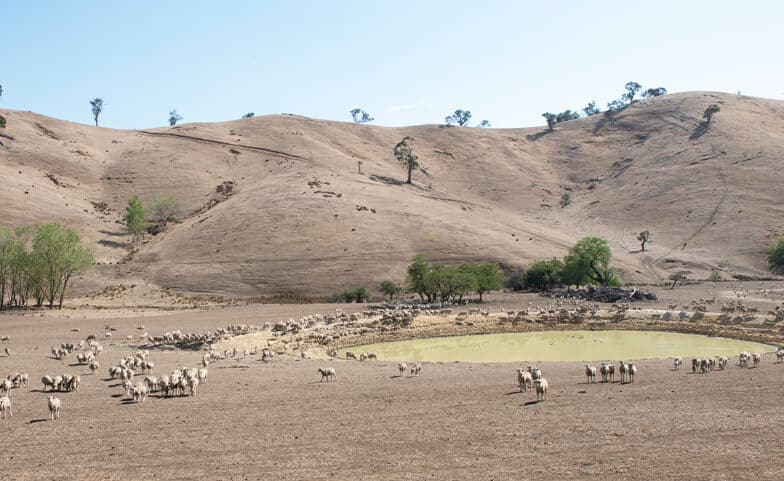
Victoria’s Drought Infrastructure Rebates
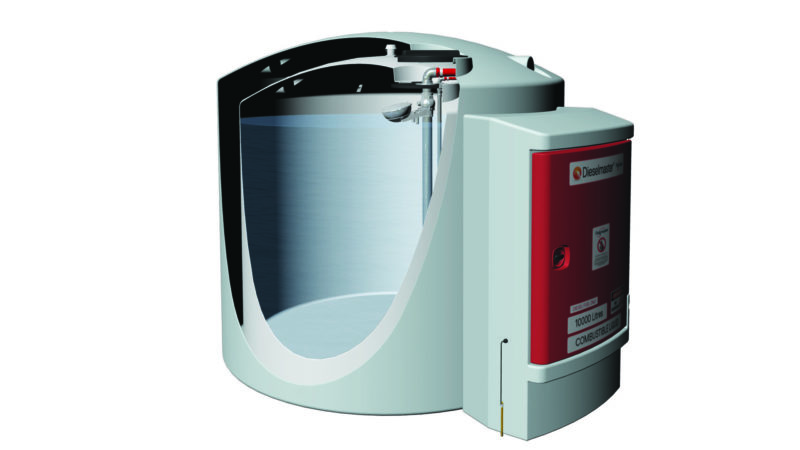
Diesel Essential – Essentially all you’ll need for BULK storage
